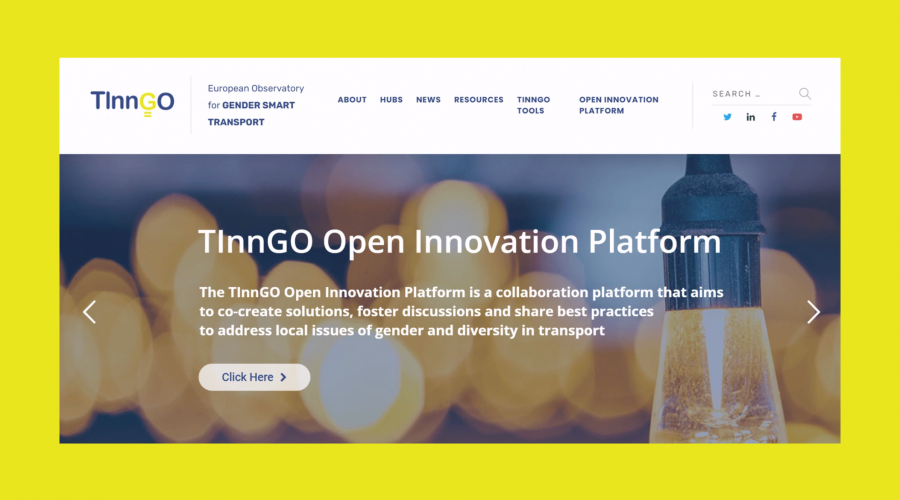Gender Budgeting, as its name shows, has its focus on the gender aspects of financial patterns and decisions. As OECD reported in 2019, inequalities still exist between genders in many professions. To address this challenge, gender needs to be an important analytical category within the budgeting process.
A common element is to analyse budgets and policies from a gender perspective. Are everyone’s needs met with the budget, or is there room for improvement? Who has a more-than-average advantage and disadvantage in the sharing of resources? How are public resources divided between people of different sexes and genders?
The purpose of gender budgeting is to ensure fairness, equality and equity in the distribution of public funds and resources. Therefore, gender budgeting is linked to other gender equality objectives, too (see a few examples in this series). If any form of gender inequality is detected, the budgets should be restructured, and policies should be amended to be more equal. On the longer run, the gender perspective should be deeply integrated in the budget cycle.
Gender Budgeting also needs as much transparency as possible. To make that work, a constant monitoring and evaluation is necessary. Also, the processes of budgeting, monitoring, policy reviews, etc. require the active input of both female and male participants.
Among others, a study by Sheila Quinn shows that reducing gender inequality by gender budgeting has many positive effects. It supports a more sustainable and inclusive growth and employment, with all kinds of related socioeconomic benefits. It is no surprise that more and more OECD countries have already switched to an inclusion of gender budgeting, and that the Council of Europe also encourages this practice.
If you want to read more on this, visit the TInnGO Data Repository!
This post is part of a series, introducing tools and methods to measure and analyse gender matters in transport. Click here to read the other parts. The series is based on this publication.





